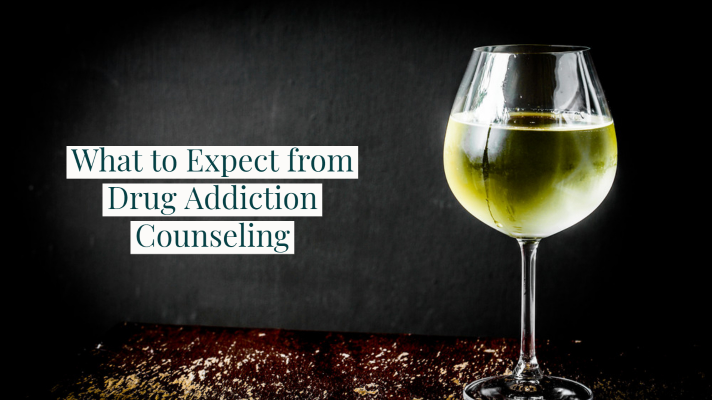Drug addiction is widespread in the United States. Even teenagers find themselves addicted to drugs and alcohol. The best chance at staying sober is when you go to a drug rehab center. At these centers, patients will start by flushing the drugs and alcohol out of their systems. During this time, the patient may experience withdrawal symptoms.
Are headaches a sign of alcohol withdrawal? Yes, headaches are just one symptom of withdrawing from alcohol or drugs. Others can include fatigue, depression, mood swings, insomnia, shakiness, anxiety, nausea, night sweats, and more. Once the drugs and alcohol are flushed out of the patient’s system, they will receive alcohol and drug addiction counseling. At many drug rehab centers, patients take part in art therapy for addiction.
Are rehab centers covered by insurance? This depends. Some insurance companies will pay for rehab, but this is usually just a percentage of the total cost. At what point is someone an alcoholic? This depends on your gender. For women, it’s having three or more drinks a day and for men, it’s having four or more.
The circumstances leading to a parent’s decision to enroll a child in a drug addiction rehab program are often harrowing, stressful, and heartbreaking. For many, so much focus is placed on the behaviors and events preceding treatment that the first days of treatment seem to approach suddenly. It’s normal to be unsure and worried as your child begins drug addiction counseling, especially if that counseling is occurring in a residential rehabilitation facility. The best way to cope with that nervousness is to educate yourself about what can be expected from drug rehab programs.
Essentially, there are three stages to drug addiction rehab: withdrawal, counseling, and aftercare. Here, we’ll outline the goals and methods that characterize each one.
Withdrawal
The first couple of weeks in a drug addiction rehab facility are often the hardest. Before treatment can begin, the body must be completely flushed of all drugs, and the detoxification process can be quite difficult. Many teens experience symptoms of depression, anxiety, mood swings, chills, and sweats during detox. Though these reactions are not life-threatening, they can lead to relapse, which is why detox must take place under the supervision of a trained professional. Though it is uncomfortable, it is an important first step in the treatment process.
Counseling
After the body is flushed of drugs and related toxins, drug addiction counseling can begin. Individual and group counseling provide a number of important benefits to teens leaving addiction behind, providing them with a place to discuss their feelings about addiction, a way to identify the root causes of their problems, a chance to discuss difficult circumstances at school and home, and a support structure where they can learn from and help encourage other teens struggling with addiction.
Aftercare
Aftercare addresses the lessons teens need in order to thrive outside of a rehab environment. The programs involved in aftercare can include continued counseling, family counseling, or 12-step recovery programs, based on the needs of the adolescent. This portion of the program is to continue treating the physical and psychological components of addiction, to help adolescents address the root causes of their addictions, and involve the family in the recovery process.
Enrolling your child in a rehabilitational drug addiction counseling program can be scary, but preparation is essential for parents and teens trying to work through their apprehensions. Try to obtain specific details from your child’s program in order to really develop your understanding of the process. Both you and your teen will feel better once you feel more aware of what the near future will bring.
